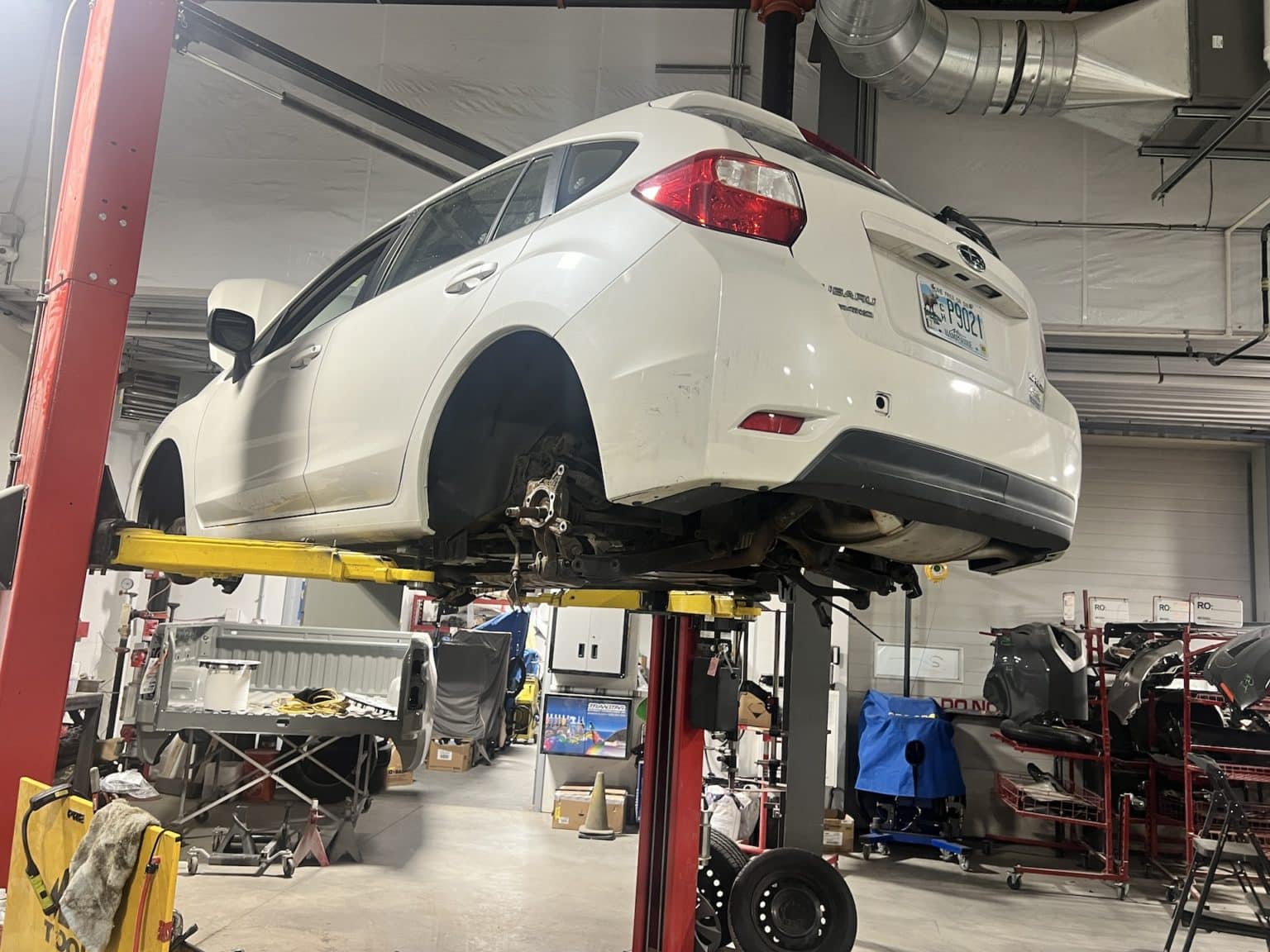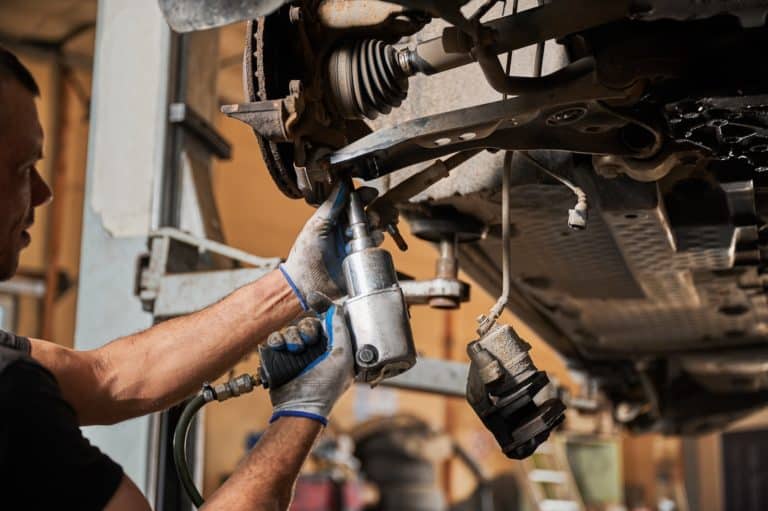North Hampton, NH Auto Repair Insight: Why ADAS Calibration Is Non-Negotiable Post-Repair
Drivers around North Hampton are starting to learn that fixing a bumper, replacing a windshield, or even aligning a suspension is no longer the end of the job. Modern vehicles rely on Advanced Driver Assistance Systems, and those cameras, radars, and ultrasonic sensors depend on precise calibration to do their work. Skipping ADAS recalibration after repairs isn’t a minor oversight. It can add car lengths to a braking distance, nudge a vehicle out of its lane at highway speed, or mask a blind spot that should have triggered a warning.
What ADAS really does, and why small changes matter
ADAS is the quiet co-pilot behind features like forward collision warning, automatic emergency braking, lane keeping assist, blind spot monitoring, and adaptive cruise control. Each system reads the road through sensors and cameras, then reacts based on millimeters of positioning and fractions of a degree in aim. If a front radar sits a hair too high after a bumper cover replacement, the car may see a bridge expansion joint as an obstacle and panic brake. If a windshield camera’s pitch is off after glass installation, lane lines can be misread and the steering nudge will wander.
From an auto repair shop perspective, ADAS calibration is less about software and more about geometry. We’re aligning the car’s perception with physical reality. That means measuring ride height, verifying tire size, checking thrust angle, and ensuring the car sits on a true, level surface before a single target board goes up.
Common North Hampton repairs that trigger recalibration
Around town, we frequently see three scenarios that require ADAS attention. First, collision or bumper work, even at low speed. A parking lot tap can move a radar bracket a few millimeters. Second, windshield replacement. That forward-facing camera needs a calibration, often both static and dynamic, or the car will throw intermittent lane departure faults. Third, alignment or suspension work. Tie rods, control arms, and ride height changes alter the camera’s and radar’s reference to the road.
Add to that any grill, emblem, or mirror replacement, roof work near shark-fin antennas, and wheel or tire size changes. If it affects sensor aim or vehicle geometry, plan for recalibration.
Static vs. dynamic calibration, and why both may apply
Manufacturers specify procedures that vary by model. A static calibration uses targets, patterns, or reflectors set at exact distances and heights in a controlled bay with measured lighting. This dials in the camera or radar aim while the car is stationary. Dynamic calibration uses a scan tool to guide a road drive at specified speeds and conditions until the system self-learns from real-world lane lines and objects.

Some vehicles need one or the other. Many need both. For example, we often perform a static calibration after windshield work, then complete a dynamic drive so lane keeping and traffic sign recognition lock in. On a calm day along Route 1, we can complete a dynamic sequence in 15 to 30 minutes; gusty coastal wind, heavy rain, or worn lane markings can extend that. Expect a total time range of 1.5 to 3 hours when the setup is complex or multiple systems are involved.
Safety, liability, and insurance reality
A certified auto mechanic understands the safety and legal stakes. If a driver relies on adaptive cruise and the radar underestimates distance, the shop that skipped calibration owns part of that risk. Insurers increasingly require documented ADAS recalibration after qualifying repairs, and some will audit files for proof. A clean invoice should list which systems were calibrated, the method used, pre and post scan results, and any learned values or test drive notes. That documentation protects the driver and the shop, and it speeds claim Automotive Alignments & Calibrations certified mechanic processing.
What good calibration looks like in practice
At a local mechanic shop that is set up for ADAS, the bay floor is leveled and surveyed. Targets and stands are certified and re-checked for accuracy. The technician measures wheelbase and centerline, verifies the vehicle’s ride height and fuel load, sets tire pressure to spec, and locks the steering wheel straight. After the static procedure, the tech completes a dynamic drive, confirms no DTCs return, and tests lane, radar, and blind spot behaviors. If the car still drifts or a warning accents at odd times, we pause, auto repair shop re-measure, and repeat. A rushed calibration is as bad as none.
Cost, time, and honest trade-offs
ADAS recalibration adds cost to repairs. For a typical sedan, expect roughly 200 to 450 dollars per system, sometimes more for multi-sensor setups or vehicles Automotive Alignments & Calibrations alignments North Hampton needing both static and dynamic procedures. The payoff is tangible. Proper alignment and calibration can prevent false braking events, restore crisp lane centering, and bring back accurate blind spot alerts. Skipping it might save a line on the invoice, then cost a fender and a day of phone calls later.
Two practical tips help manage the process without overpaying:
- Ask your auto mechanic in North Hampton, NH to identify which systems were touched by the repair. Calibrate only those affected, unless the manufacturer mandates a full set.
- Request the pre and post scans with time stamps, plus the calibration report. Keep these with service records for warranty and insurance.
Choosing the right partner for ADAS work
Not every shop invests in the fixtures, software, and training. When you evaluate auto repair services, ask whether the facility performs ADAS recalibration in-house, has level-bay verification, and follows OEM or verified equivalent procedures. A certified auto mechanic will be upfront about when calibration is needed, when it is not, and how they validate results. If a shop outsources, that can be fine, provided they coordinate scheduling and stand behind the work.
North Hampton drivers depend on their vehicles through salt, frost heaves, and summer traffic. Modern safety systems help with all of it, but only when they see the road the way the car is actually built. After body, glass, or alignment work, treat calibration as part of the repair, not an add-on. A careful setup today keeps your driver aids quiet when they should be, loud when they must be, and accurate every mile down the coast.
